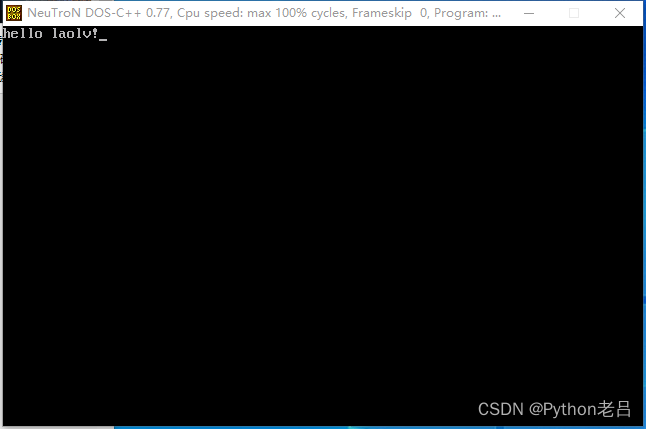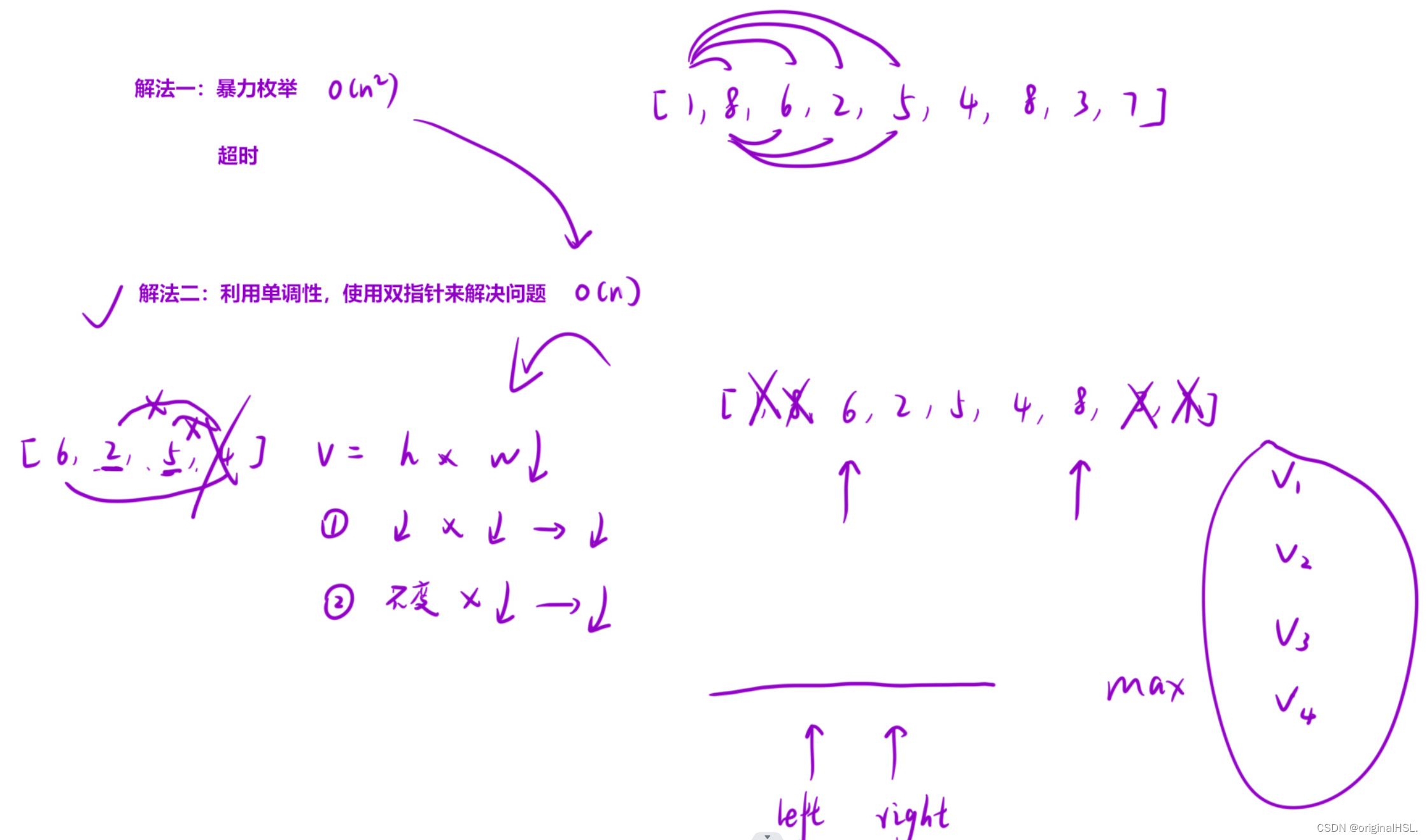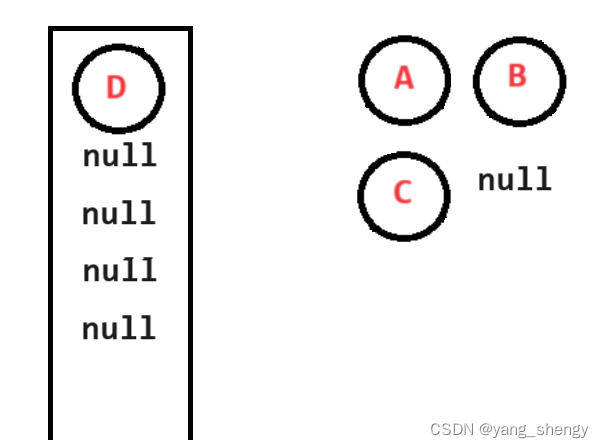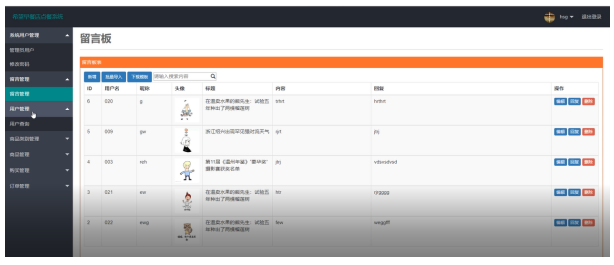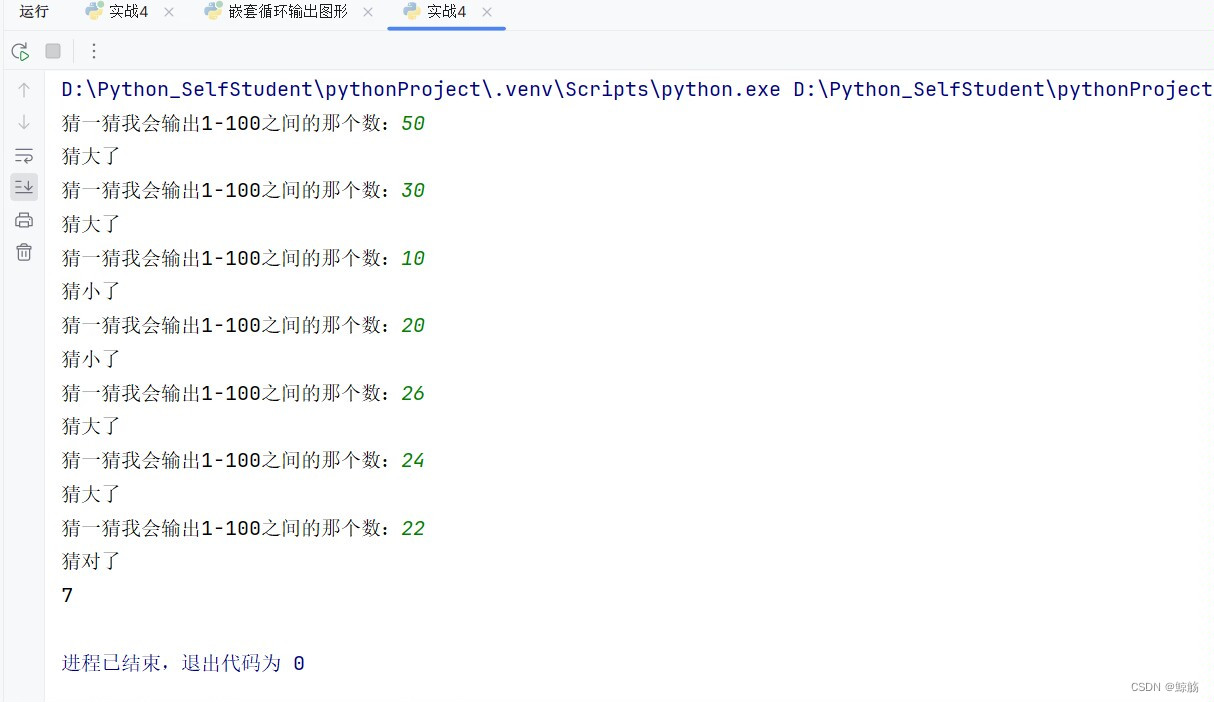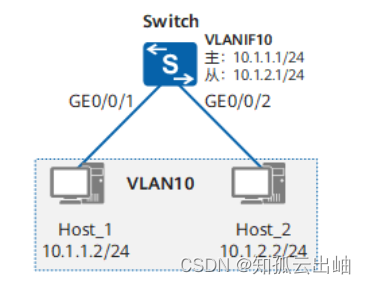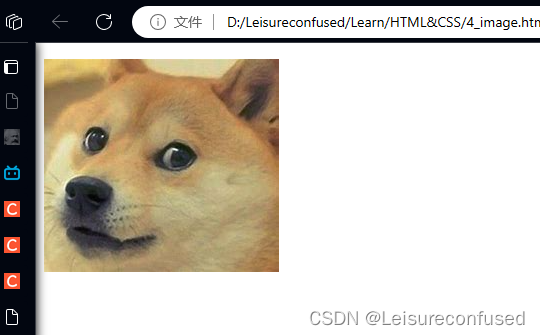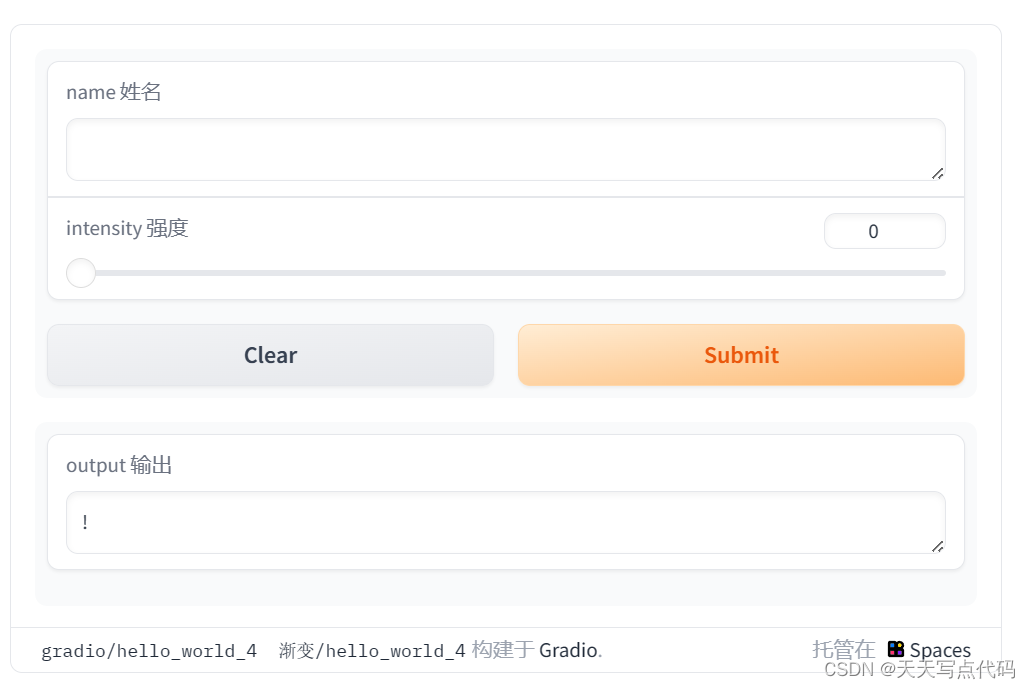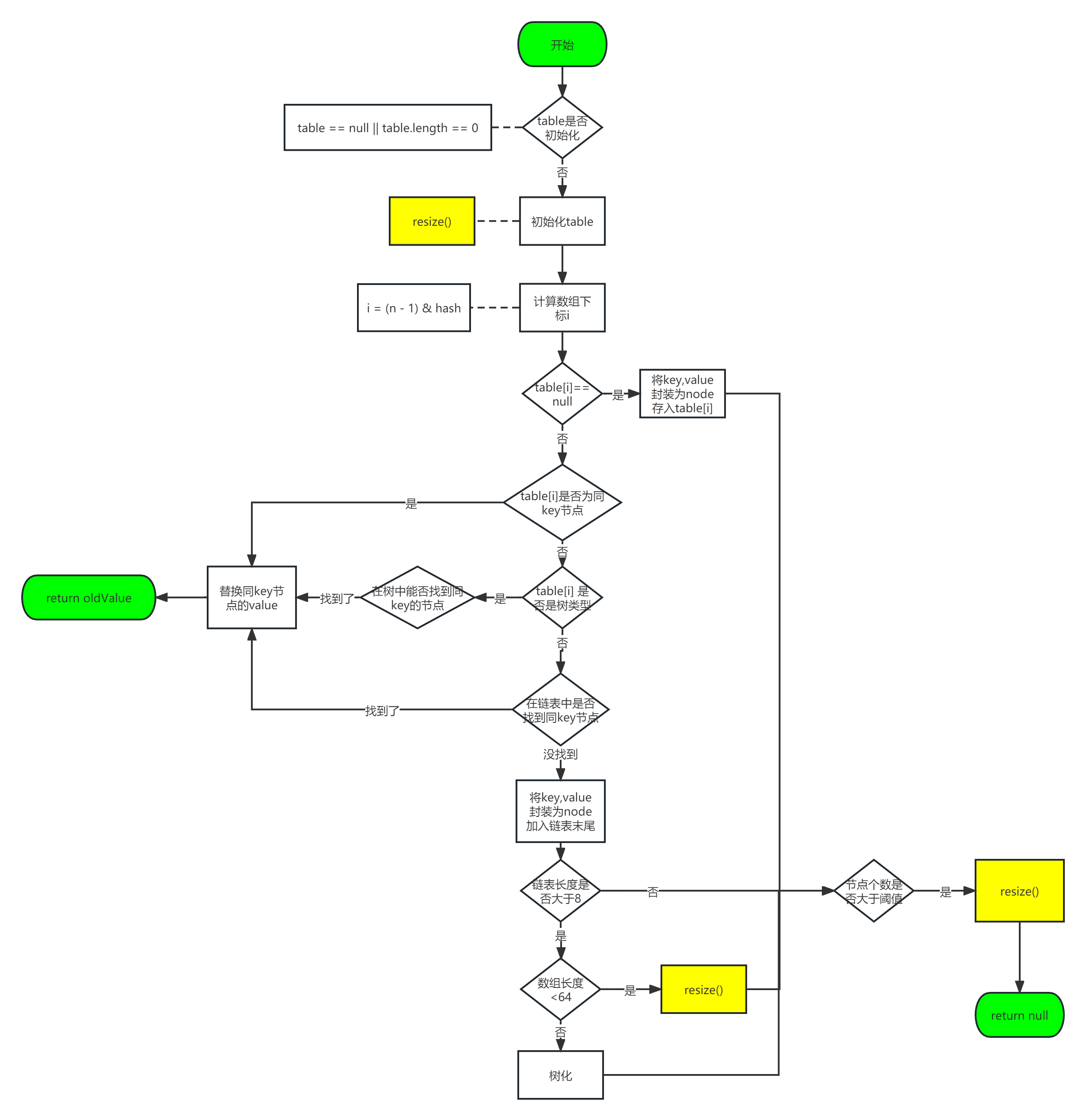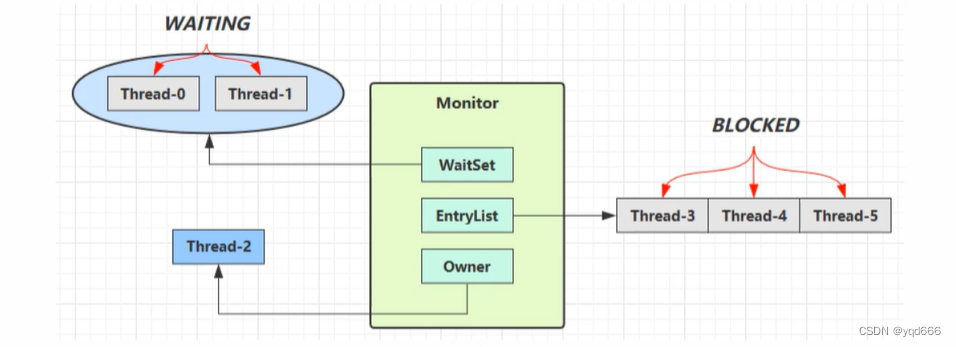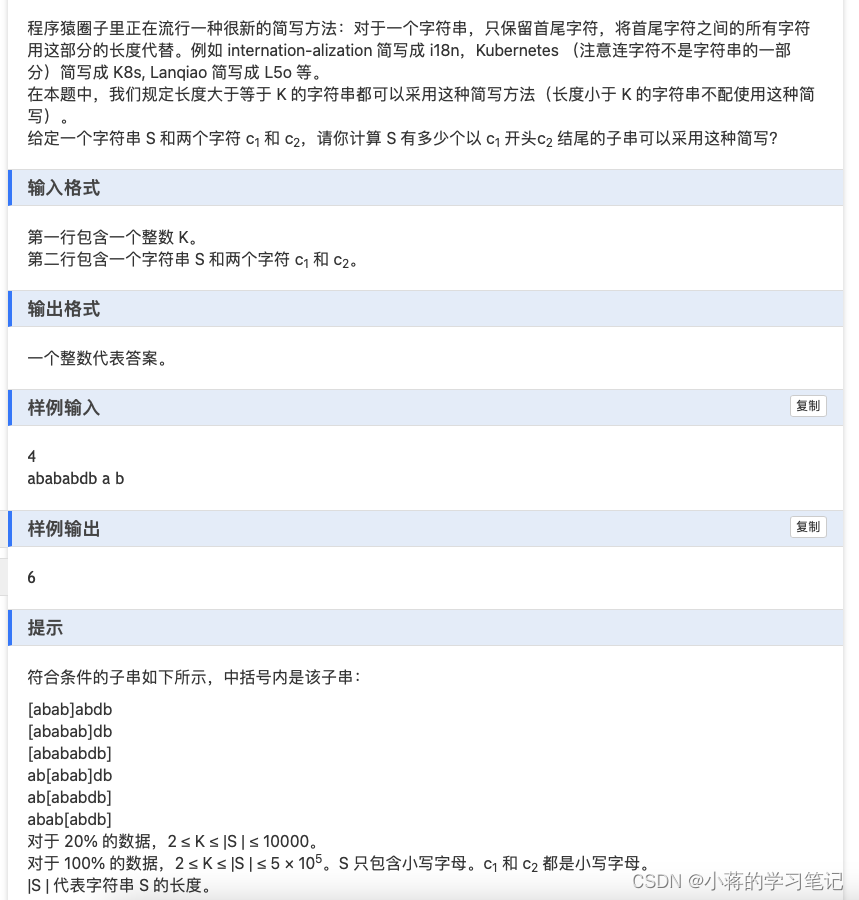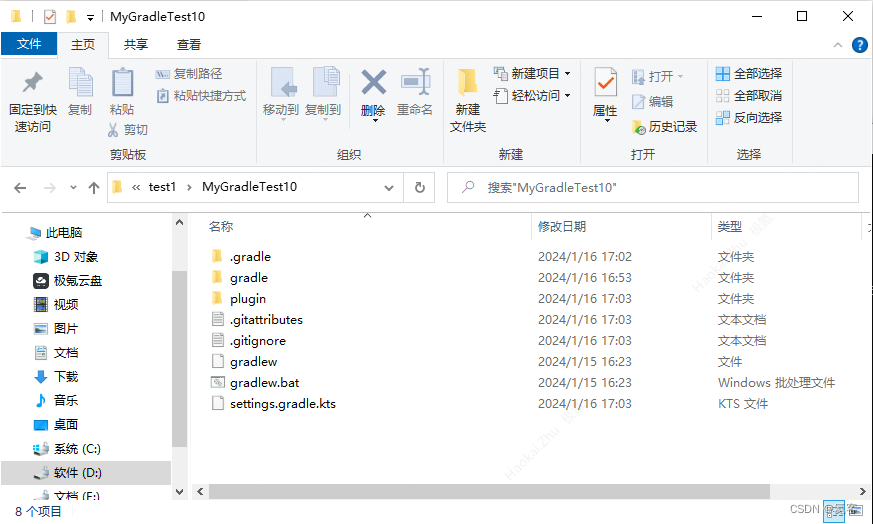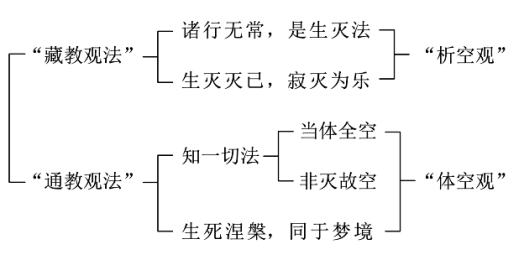一、环境变量配置
项目开发过程中会经历开发环境、测试环境、生产环境三种状态,对与环境变量的配置需求不同,因此需要在项目中进行环境变量的配置。
1.在项目根目录下添加如下3个文件
.env.development
.env.production
.env.test文件中输入对应的配置信息
# 变量必须以VITE_为前缀才能暴露给外部读取
NODE_ENV = 'development'
VITE_APP_TITLE = 'vue-admin'
VITE_APP_BASE_API = '/api'
VITE_SERVE = 'http://sph-api.atguigu.cn'在package.json中配置运行命令
"scripts": {
"build:test": "vue-tsc && vite build --mode test",
"build:pro": "vue-tsc && vite build --mode production"
}使用过程通过:import.meta.env 获取配置信息
在main.ts中引用测试,当前是开发环境因此只能打印开发环境信息:console.log(import.meta.env);
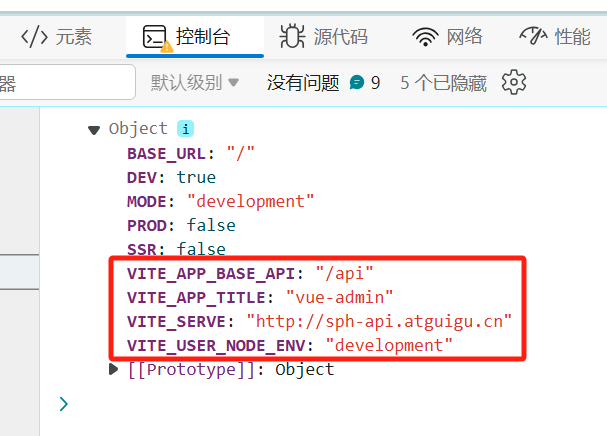
二、SVG图标配置
1、安装依赖插件
pnpm install vite-plugin-svg-icons -D2、在vite.config.ts中配置插件,对应的图标文件从src/assets/icons下获取,主要路径
// 引入svg
import { createSvgIconsPlugin } from 'vite-plugin-svg-icons'
export default defineConfig({
plugins: [
vue(),
createSvgIconsPlugin({
iconDirs: [path.resolve(process.cwd(), 'src/assets/icons')],
symbolId: 'icon-[dir]-[name]',
}),
]
})3、main.ts中配置插件
// svg插件配置代码
import 'virtual:svg-icons-register'4、图标使用
(1)初级用法,直接在页面中引用
<template>
<div>
<h2>SVG图标测试</h2>
<svg style="width: 50px;height:50px">
<!-- fill颜色生效需要在图标中删除已有的fill属性值 -->
<use xlink:href="#icon-edit" fill="red"></use>
</svg>
</div>
</template>(2)封装用法
在components下创建svgIcon文件夹及index.vue文件,将svn图标属性参数化,便于在父组件中使用时直接传递相关参数即可:属性需要在属性明前加分号才会生效
<template>
<svg :style="{width,height}">
<!-- fill颜色生效需要在图标中删除已有的fill属性值 -->
<use :xlink:href="prefix + name" :fill="color"></use>
</svg>
</template>
<script setup lang="ts">
// 接受父组件传递过来的参数
defineProps({
// xlink:href图标前缀
prefix: {
type: String,
default: '#icon-'
},
// 受父组件传递的图标名称
name: String,
// 接受父组件传递的颜色
color: {
type: String,
default: ''
},
// 图标宽度
width: {
type: String,
default: "30px"
},
// 图标高度
height: {
type: String,
default: "30px"
},
})
</script>
<style scoped>
</style>页面中使用时引入组件:
// 引入svg封装的组件
import svgIcon from '@/components/SvgIcon/index.vue'
<svg-icon name="edit" color="pink" width="50px" height="50px"></svg-icon>
<svgIcon name="copy" color="" width="50px" height="50px"></svgIcon>三、注册组件为全局组件
由于对组件的使用需要在每个页面都引入会增加很不多不便,因此将组件注册为全局组件,一次引入,可以在整个项目中使用。
1、在components下创建index.ts文件
// 对外暴露插件对象
import SvgIcon from "./SvgIcon/index.vue"
import Pagintation from "./Pageination/index.vue"
// 全局变量
const allGloablComponent = {SvgIcon,Pagintation}
export default{
// 此处必须为install方法名
install(app){
// 注册项目全部的全局组件
Object.keys(allGloablComponent).forEach(key =>{
// 注册为全局变量
app.component(key,allGloablComponent[key]);
})
}
}2、在main.ts中注入全局变量
// 1、引入自定义插件对象:注册项目的全局组件
import gloalComponent from '@/components'
app.use(gloalComponent)